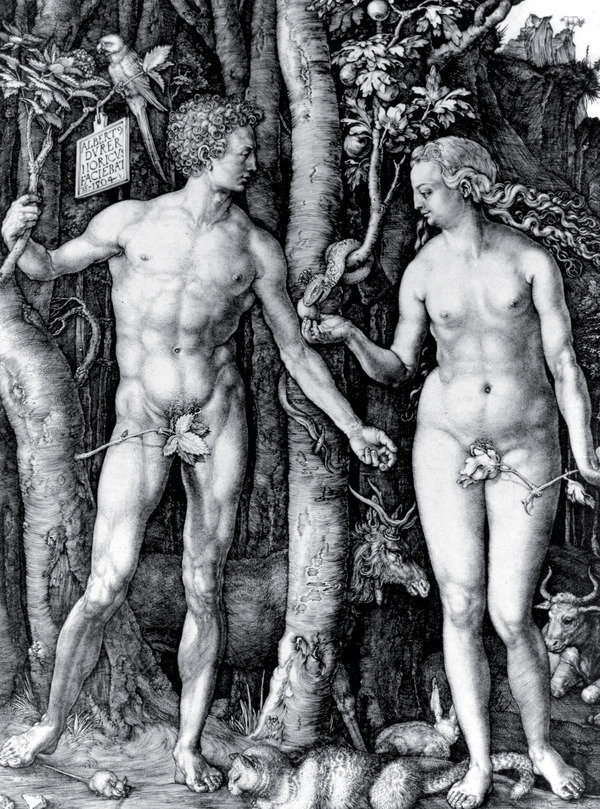A new era - the age of Durer
dal 8/6/2011 al 20/8/2011
Segnalato da
8/6/2011
A new era - the age of Durer
Schloss Eggenberg, Graz
The life of Albrecht Durer (1471-1528) spans a time of major change-from the late Middle Ages to the Renaissance. His art reflects not only the thinking and development of these two periods but also the connection between two rather contrasting cultural spheres-Germany and Italy. The core of this exhibition will be made up of engravings selected from the extensive collection of Durer works in the Alte Galerie's Kupferstichkabinett.

Curators: Karin Leitner-Ruhe, Helga Hensle-Wlasak
The life of Albrecht Dürer (1471–1528) spans a time of major change—from the late Middle Ages
to the Renaissance. His art reflects not only the thinking and development of these two periods
but also the connection between two rather contrasting cultural spheres—Germany and Italy.
Dürer creatively combined his northern training with the innovations of Italy. He took on board
all the artistic ambitions of his day and developed them further. That applied first and foremost
to the graphics arts of woodcuts and engraving, which Dürer developed way beyond his
predecessors in terms of technique, content and intellectual scope, and which gave his artistic
ideas international resonance.
The core of this exhibition will be made up of engravings selected from the extensive collection
of Dürer works in the Alte Galerie’s Kupferstichkabinett (engravings department). They include
the three masterpieces that have been the subject of much attention in the literature,
representing an absolute peak of his graphic work – Knight, Death and Devil (alluding to the “vita
activa” of the Christian knight actively fighting for his ideals), Jerome in His Study (the “vita
contemplativa” of the scholar with books) and Melancholy. The latter is a synonym for cognitive
insight, indicated by the facial indications of pondering and doubting. Likewise occupying a place
of honour in the art landscape is the engraving of Adam and Eve of 1504, which betrays Dürer’s
prolonged study of the new theory of proportion. He had learnt about it in Italy, and took it back
with him across the Alps. The Doctor’s Dream is ancillary to the many interpretations of
Melancholy.
The changing times Dürer lived through also highlight many facets of the modern era. Man—
including the artist—now considered himself autonomous. Dürer himself was a master of the
self-portrait, i.e. self-study, which was for Dürer a major aid in finding new ways to reflect his
intellectual world in art. At the same time, the human figure was idealised, and couched in a
classical framework. Artists no longer saw themselves as craftsmen belonging to a guild but as
creative individuals. New forms of picture crystallised, based on these radical intellectual
changes. Whereas religious themes largely clung to tradition, portraits, landscape and genre
subjects now developed as autonomous types.
Numerous works by artists of the period and Dürer’s environment are found in the
Kupferstichkabinett. These are represented in the exhibition by Italian drawings (e.g. Andrea
Mantegna, Marcantonio Raimondi and Giorgio Ghisi) and northern works by artists such as Lucas
van Leyden, Martin Schongauer, Hans Baldung Grien and Leonhard Beck.
At the end of the 1510s, a new generation of engravers emerged born around 1500 and working
in Nuremberg. Called kleinmeister, they were notable for their small portable formats and also
for their tangles with the law.
A new era - the age of Dürer will be cross-referenced to other themes of the 2011 Joanneum
Bicentenary at other institutions of the Joanneum.
Image: Albrecht Dürer, Adam und Eva (Adam and Eve), 1504
Signed and dated on the panel hanging on the branch: ALBERT9
DVRER NORICVS FACIEBAT AD [= Dürer’s monogram] 1504
(Albrecht Dürer from Nuremberg made it)
Copperplate engraving,
Provenance: legacy of Joseph Heintl, 1871
Photo: N. Lackner
Universalmuseum Joanneum, Press Office Zoom in Contact Leitung: Sabine Bergmann T: +43/316/8017-9211 M: +43/664/8017-9211 F: +43/316/8017-9253 sabine.bergmann@museum-joanneum.at - presse@museum-joanneum.at
Opening: 09.06.2011, 7 pm
Alte Galerie
Schloss Eggenberg, Eggenberger Allee 90, 8020 Graz
Opening hours: Tues–Sun 10am–6pm
Adults € 8
Admission:
Groups of 7 or more, senior citizens, conscripts and those doing civilian service, people with disabilities € 6
School pupils, apprentices, students under 27 € 3
Family ticket (2 adults and children under 14) € 16
Children under 6 free



